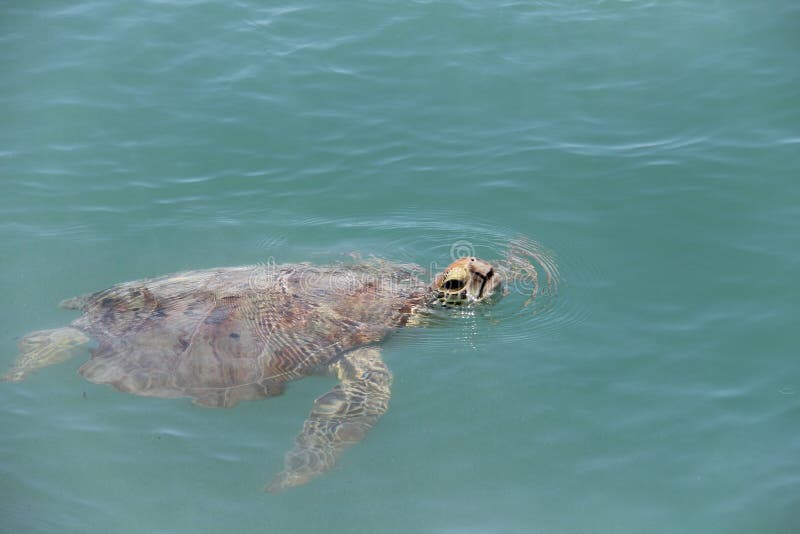Nearer to their heart, their trachea splits into two bronchi and that delivers the oxygen to their lungs where it can be absorbed into the. When they inhale, oxygen and carbon dioxide enter, and when they exhale, carbon dioxide exits.

Pin on Awesome animals & others
Sea turtles spend a majority of their time underwater, so they must be able to hold their breath for long periods.
Sea turtles breathing. Like most animals, sea turtles breathe through their noses. As sea turtles are air breathing reptiles, they need to surface to breathe. It is necessary for sea turtles to hold their breath for long periods of time underwater, since they spend most of their time submerged.
Do sea turtles increase their breathing rates as water temperatures elevate during the summer? Their lungs fill up with oxygen and this allows them to live. Sea turtles can hold their breath for several hours depending on their level of activity.
When sea turtles breathe in the air goes into their trachea, which is flexible and elongated because of their flexible and elongated necks. Instead, turtles must come up to the surface of the water to breathe. Technically the term is cloacal respiration, and it’s not so much breathing as just diffusing oxygen in and carbon dioxide out, but the fact remains:
How do sea turtles breathe? Sea turtles have external nares above their mouths, what we would call nostrils. Sea turtles can hold their breath for several hours, depending upon the level of activity.
Their shells consist of an upper part (carapace) and a lower section (plastron). A new study shows that leatherback turtle buoyancy is likely determined by the amount of. Butt breathing occurs because oxygen and energy requirements are low during winter.
Hatchling sea turtles generally showed resting ventilation characteristics that are similar to those of adults: What about the turtle’s lungs? This record belongs to a leatherback sea turtle.
As sea turtles are air breathing reptiles, they need to surface to breathe. This report presents information on the activity and breathing patterns of cap tive adult and subadult loggerhead turtles and a. But they have adaptations that allow them to stay underwater for long periods of time.
While some turtles have breaths for 30 minutes, others like sea turtles stay underwater for hours without coming out to take a breath. What makes turtles different is that unlike most animals they don’t have flexible torso, so the mechanics of the process are a little different. Recent research has shown that some turtles can even hibernate in the sea for several months!
They do have one, two small holes in their head, similar to humans. However, during brumation (hibernation) they have the ability to extract oxygen from their cloaca organ, called cloacal respiration. Structurally, their lungs are slightly different from mammalian lungs but provide the same functions.
Because turtles have lungs, it is true that they also breathe air. They even have an adaptation to absorb small amounts of oxygen without breathing. Dive duration largely depends on activity.
When sea turtles are swimming, they need to get air every 30 minutes depending on the activity. Instead, most turtles prefer to dive, swim underwater for five minutes, and then come up. Sea turtles cannot breathe underwater, however they can hold their breath for long periods of time.
A single breath followed by a long respiratory pause, slow frequency, and high. And finally how often does a sea turtle breathe? Luckily, they have the ability to hold their breath for much longer than people, which allows them to stay underwater for long periods of time.
Sea turtles can hold their breath for several hours, depending upon the level of activity. Hard scales (or scutes) cover all but the leatherback, and the number and arrangement of these scutes can be used to determine the species. It is the same reason that enables turtles to.
In addition, new hatchlings and nesting females spend time, however brief, on the beach. Normally, turtles breathe through their nose. In summary, turtles have adapted to butt breathing during winter.
When surfacing to breathe, sea turtles can quickly refill their lungs with one explosive exhalation and rapid inhalation. Turtles breathe through their lungs, so they surface to breathe regularly. How do sea turtles breathe?
The reason here is simple. Sea turtles match breathing to dive depths? They need to come to the surface to breathe oxygen.
However, turtles are not capable of breathing underwater, including sea turtles. The record for a sea turtle holding its breath underwater is a little over 7 hours. Sea turtles spend most of their lives submerged in an aquatic environment, but they also can spend significant amounts of time at the surface of the water because they require air to breathe.
Sea turtles can hold their breath for much longer times. How do sea turtles breathe? Just like other reptiles, sea turtles have lungs.
They have a slightly different structure than mammalian lungs, but work just as well when it comes to exchanging gases (oxygen and carbondioxide). Outside of hibernation, turtles come to the surface for air. Just like a human, so far.
When given the choice, most turtles will not press their limits. When turtles hibernate, their main source of oxygen is through their butt. As sea turtles are air breathing reptiles, they need to surface to breathe.
Sea turtles can hold their breath for several hours, depending upon the level of activity. How do sea turtles breathe? The lungs are located right under the carapace and the vertebral column.
They inhale air into their two lungs, and they exhale it, just like all animals do.

Turtle Breathing stock photo. Image of pacific, green

How Do Green Sea Turtles Breathe
